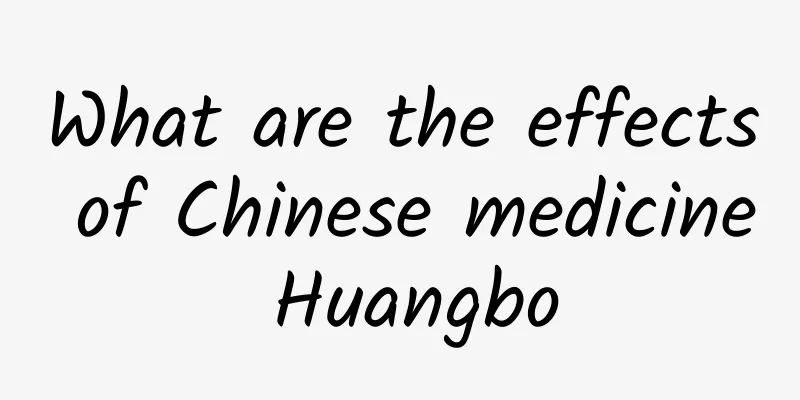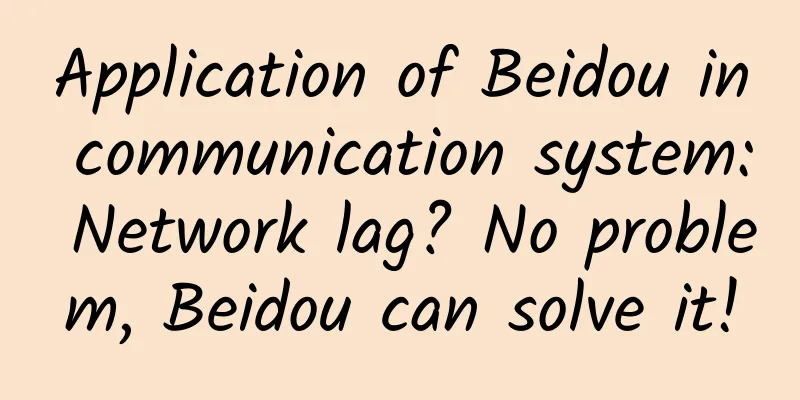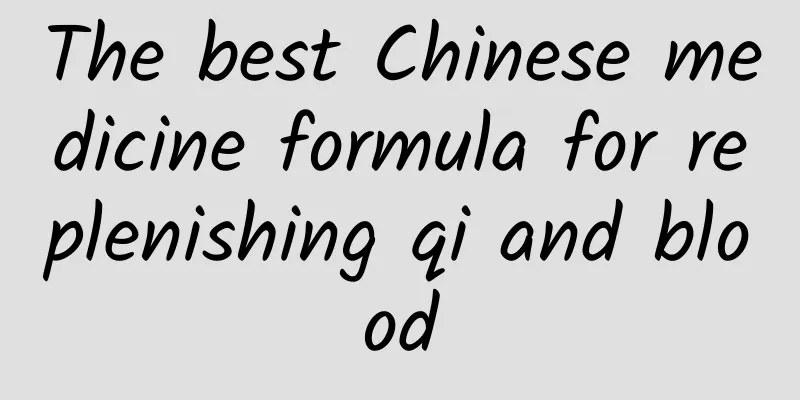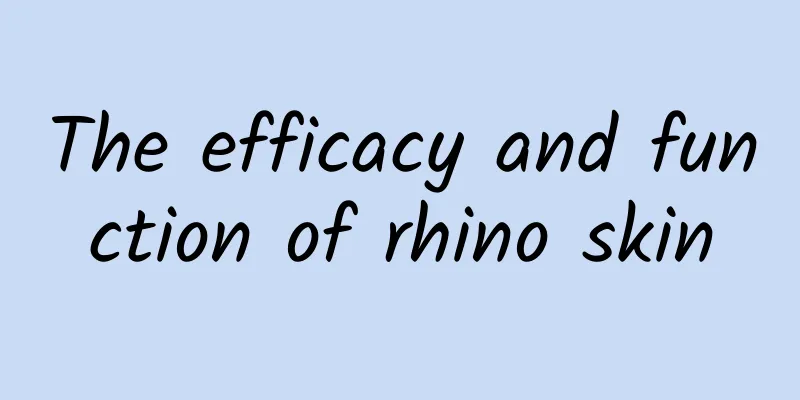What are the effects of Chinese medicine Huangbo

|
Phellodendron chinense is commonly used in traditional Chinese medicine. It has the effects of clearing away heat, detoxifying, and removing dampness and heat. It is also clinically used to treat acute and chronic inflammations such as pneumonia, hepatitis, acute conjunctivitis, maxillary sinusitis, otitis media, etc., because it has an inhibitory effect on infectious bacteria. In addition, it has a good alleviating and therapeutic effect on bacterial dysentery, diarrhea caused by cold during pregnancy and postpartum period, toothache, etc. It can be used externally to treat various skin diseases and prevent bacterial infections of the hands and feet. Therefore, it can relieve itching, kill bacteria and promote recovery for patients with blisters and athlete's foot. 1. It is used to treat foot paralysis caused by "damp heat" (roughly the same as infectious peripheral neuritis, spinal radiculitis, etc.), paralysis and numbness of the lower limbs, symptoms such as chest heat, dry mouth and throat, and dry stool. Use Phellodendron chinense and Atractylodes macrocephala to clear damp heat, which is Er Miao San. Adding Achyranthes bidentata to name San Miao San will have a better effect. This can be used as the basic prescription, and appropriate medicines can be added according to the symptoms. 2. Used to treat febrile dysentery. It can be used alone or with Pulsatilla striata and Qinpi. 3. Used to treat damp-heat jaundice (yellowing of the whole body, fever, and sweating on the head). It can be combined with Gardenia, such as Gardenia and Cypress Bark Decoction, but other heat-clearing and dampness-drying medicines are often needed. 4. Used to treat Yin deficiency, hyperactivity of fire, hot flashes and bone steaming. It can be combined with Anemarrhena asphodeloides to relieve kidney fire, such as Zhibai Bawei Pills and Dabuyin Pills. 5. Used to treat yellow turbid leucorrhea caused by damp heat. It can be combined with water chestnut, ginkgo, etc., in a recipe such as Yihuang Decoction. 6. Used to treat damp and hot skin (sores, boils, eczema, etc.). It can be taken internally and externally with Sophora flavescens, Schizonepeta tenuifolia, Perilla frutescens, etc., or used as a wet compress. You can also use 3g of Phellodendron chinense powder, 3g of Indigo powder, and 30g of Gypsum powder, and mix with sesame oil to apply on eczema. It is not suitable for patients with poor gastrointestinal function and indigestion. Huangbo is bitter in nature and is very harmful to the stomach, so care should be taken when taking it, especially for children. The elderly and the weak should take it under the guidance of a doctor, and control the dosage and time. People who are allergic to Huangbo should not take it. At the same time, do not take tonic medicines during the process of taking it. |
<<: What are the effects of Chinese medicine Gynostemma pentaphyllum
>>: What are the effects of the traditional Chinese medicine white Poria cocos
Recommend
The efficacy and function of Artemisia argyi
The medical value of Artemisia selengensis is bey...
You can't sleep with your feet facing west and your head facing east? Is there really a rule for sleeping directions?
People have to sleep every day, but have you ever...
The efficacy and function of Niu Chuokou
There are many kinds of common Chinese medicinal ...
Chinese medicine for fat loss
The human body is covered with a lot of fat, and ...
The efficacy and function of Polygonum aviculare
Polygonum aviculare is a common Chinese medicinal...
The efficacy and function of pepper leaves
As a traditional Chinese medicine, pepper leaves ...
How to save your fragile stomach after a big meal? 11 probiotics reviews
After eating and drinking a lot throughout the Sp...
The ocean is an excellent "carbon capturer"! Come and learn about marine carbon sinks and help achieve the "dual carbon" goals!
All known life on Earth is based on carbon as org...
How to identify the quality of Panax notoginseng
In fact, we rarely come into contact with herbal ...
The efficacy and function of snake mullet
Modern medical research believes that snake mulle...
What is rhubarb
What is rhubarb? It is a general name for various...
Magnesite: This is a stone that can be used to weave cloth?
Brucite is named in honor of Archibald Bruce (177...
Honey does not deteriorate and can be stored for thousands of years? This truth is really unexpected...
gossip "Honey has no expiration date and can...
I have been deceived by black sesame pills for too long! What is the real secret to growing long hair?
Recently, #Eating too many black sesame pills may...
![Effects and functions of Ligularia dentata[picture]](/upload/images/67ca60ff09ed2.webp)








